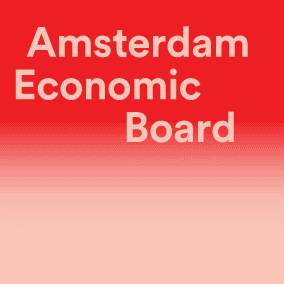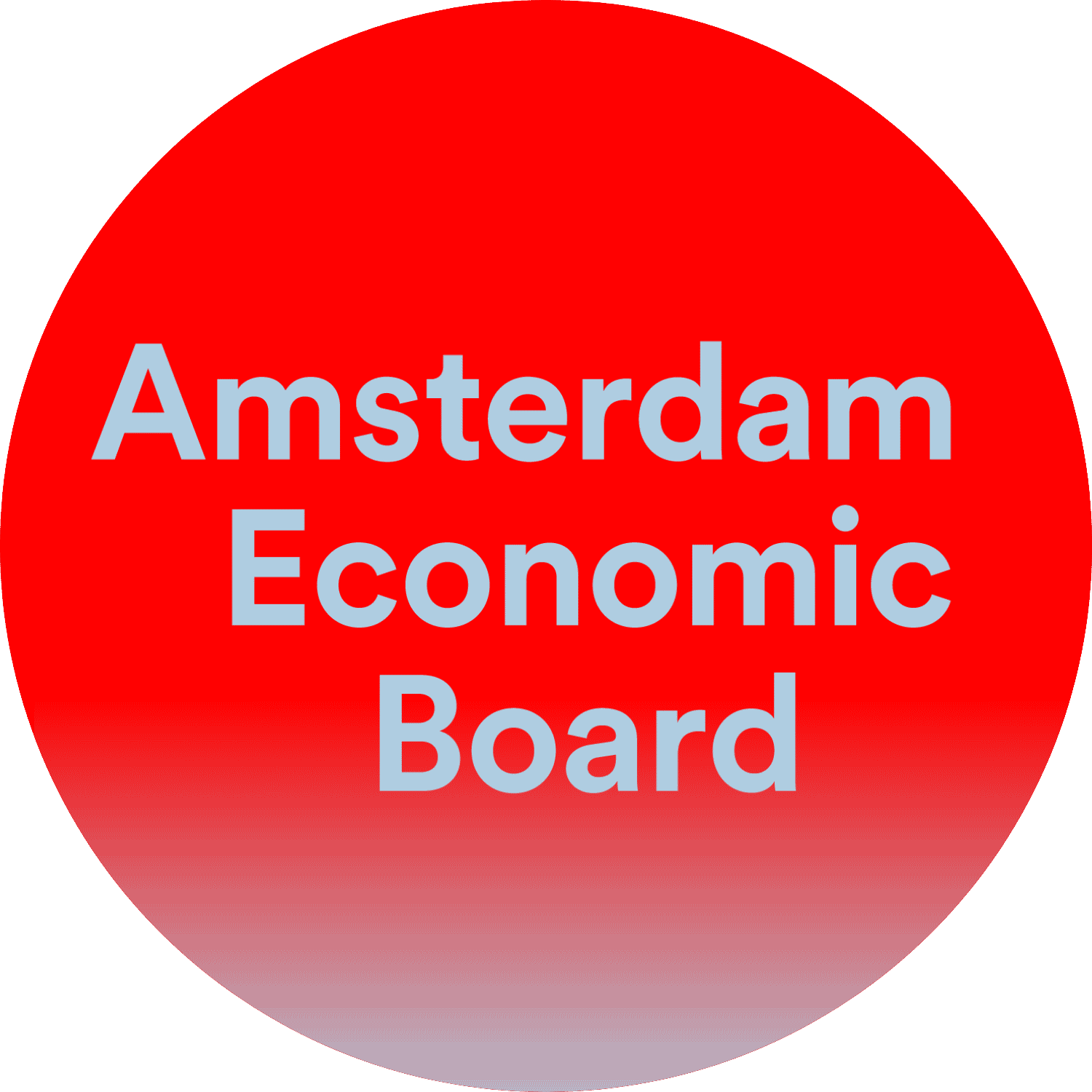Garment waste mountain: greenwashing circular textiles?
Pointer's NPO1 broadcast on 17 May on the road to circular textile clarifies where the major gaps are. Several interviewees provide an open and transparent view. It also shows a distorted picture in parts. Indeed, textiles are the most polluting industry. Converting the enormous mountain of waste from textile to circular solutions has been a process with sky-high ambitions for many years. This market is therefore far from mature and that is precisely why many parties in the Amsterdam region are also working on this complex challenge. Because they believe that things must and can be done differently. But no one can do this alone. Not even the government.
Watch the broadcast (in Dutch) The garment waste mountain by KRO-NCRV.
Shared responsibility
The crux is to systematically change the system together with purchasing parties, governments (as purchaser and regulator), the textile industry, knowledge partners, waste processing companies and clothing brands, and major steps are being taken in this regard. And our behaviour as a consumer also plays an important role. However, that does not happen overnight. Based on a well-understood self-interest, parties can focus on clear agreements and joint control. If we really want to work together, a lot is possible. With our approach to network management, we are already tackling a number of dilemmas when it comes to complex circular change processes.
Which dilemmas are involved?
In order to be able to really recycle clothing, from a sweater to a new sweater, there are missing links: such as cleaning up, fiberizing and then making new yarns from it on a large scale. But the most important obstacle remains, of course, that with linearly designed clothing, every step to recycle is an expensive step, along with the perception of perceived quality difference. Add to this the still low quantities in a market where scale is a prerequisite for existence. Purchasing parties must take steps towards circularity, but the textile industry must also innovate and change. This is a field that has been outsourced to the production countries over the years. Terms are not used purely and this leads to confusion and legitimate or false accusations of greenwashing. Because ‘Circular textiles’ is an approach with many components in which a longer lifespan and the reuse of materials afterwards are also nice steps. Not everything is possible at the same time.
What will happen to the garment waste mountain?
There are many initiatives in the Netherlands that tackle these dilemmas: in Enschede, chemical recycling has been going on for years. In Brabant, an entire ecosystem is developing around work clothing. In the Amsterdam region, high-quality sorting and mechanical recycling takes place via the Innovation Center for Circular Textile in Wormerveer / Zaanstad.
The government in this region is committed to higher-quality collection and processing and is also boosting the market with circular commissions for textiles. As well as a small group of small and large brands who also see that things can be done differently and want to use this region as a springboard for this. And defense does use post-consumer material in their products; the return logistics are in order and the clothing is sorted by material types.
So let’s also take a look at what does work and learn from it and be very critical of where there is Greenwashing. That requires some familiarity with the subject and, above all, a curiosity about what and whether you buy something.
The Green Deal Circular Textile in the Amsterdam region supports collaborations between organizations that want something that will lead to concrete initiatives with many partners, such as the development of circular collections, longer use, repairs and regional reprocessing into new yarns.Have a look at what the Board is working on, together with many partners.
Join us
Are you also participating in the movement towards circular textiles with your organization? Then you can really make a difference. Register for the Round table circular corporate clothing on June 3.
Check out our overview of resources and further information to quickly make an impact with workwear in the Quickstart buying workwear with impact .
21 May 2021
Read more about
Contact us
Want to keep up to date?
Get the best regional news and events (in Dutch) via the Board Update newsletter
Share this news
Want to keep informed?
Follow us daily on LinkedIn and sign up for the Board Update newsletter.
Read more
- On 14 and 15 October, board members of the Amsterdam Economic Board convened for ...
- Focusing more on women in health care innovation and research will have ...
- What is the Amsterdam Metropolitan Area’s position on critical raw materials? ...

